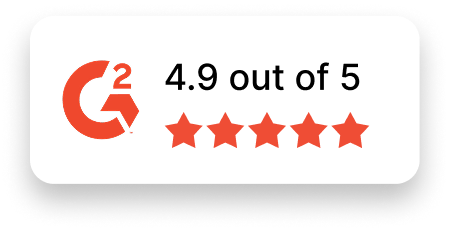Electronics Engineer Job Description Template
Use this template to craft job descriptions for hiring Electronics Engineers at various levels. Customize it to suit your company’s specific requirements.
Job Title: Electronics Engineer
Location: [Specify Location or Remote]
Job Type: [Full-time/Contract/Remote]
About the Role
We are seeking a talented Electronics Engineer to design and develop electronic circuits and systems based on project requirements and specifications. You’ll work closely with other engineers and stakeholders to bring innovative electronic designs to life, troubleshoot issues, and ensure the highest standards of performance and reliability. This role offers the opportunity to contribute to cutting-edge projects while staying at the forefront of electronic design technologies.
If you’re passionate about solving complex challenges and creating impactful designs that meet industry standards, this is the perfect opportunity for you.
Responsibilities
- Design and develop electronic circuits and systems based on project specifications.
- Create detailed schematics, PCB layouts, and comprehensive design documentation.
- Develop and test prototypes to validate functionality and ensure optimal performance.
- Collaborate with multidisciplinary teams to integrate electronic designs into larger systems.
- Identify and troubleshoot issues related to electronic components and systems.
- Ensure all designs comply with industry standards and regulatory requirements.
- Stay updated with advancements in electronic design technologies and best practices.
Required Skills & Experience
- Bachelor’s degree in Electrical Engineering, Electronics Engineering, or a related field.
- Proven experience in electronic circuit design, PCB layout, and hardware development.
- Proficiency with electronic design automation (EDA) tools such as Altium or Cadence.
- Strong understanding of analog and digital electronics, signal processing, and embedded systems.
- Excellent problem-solving skills and the ability to thrive in a collaborative work environment.
- Familiarity with regulatory standards and certifications for electronic devices is a plus.
Why Join Us?
- Innovative Projects: Contribute to exciting, high-impact engineering solutions.
- Career Growth: Build your expertise and advance your career in a supportive team environment.
- Flexible Work Options: Enjoy opportunities for remote or hybrid work as part of a collaborative team.
- Cutting-Edge Tools: Work with advanced tools and technologies to create reliable electronic systems.
- Inclusive Workplace: Join a company that values diversity and fosters a welcoming community where everyone thrives.
Apply Now
Are you ready to elevate your career as an Electronics Engineer? Join us at [Your Company Name] and take part in designing innovative solutions that make a difference. Apply today to be part of our forward-thinking team!

